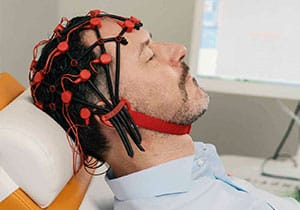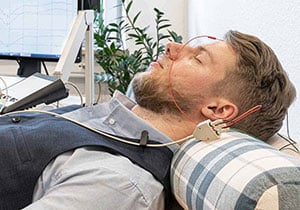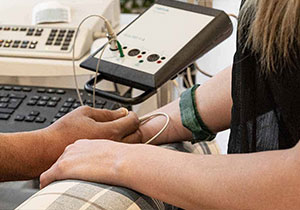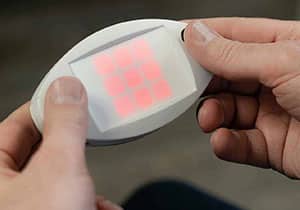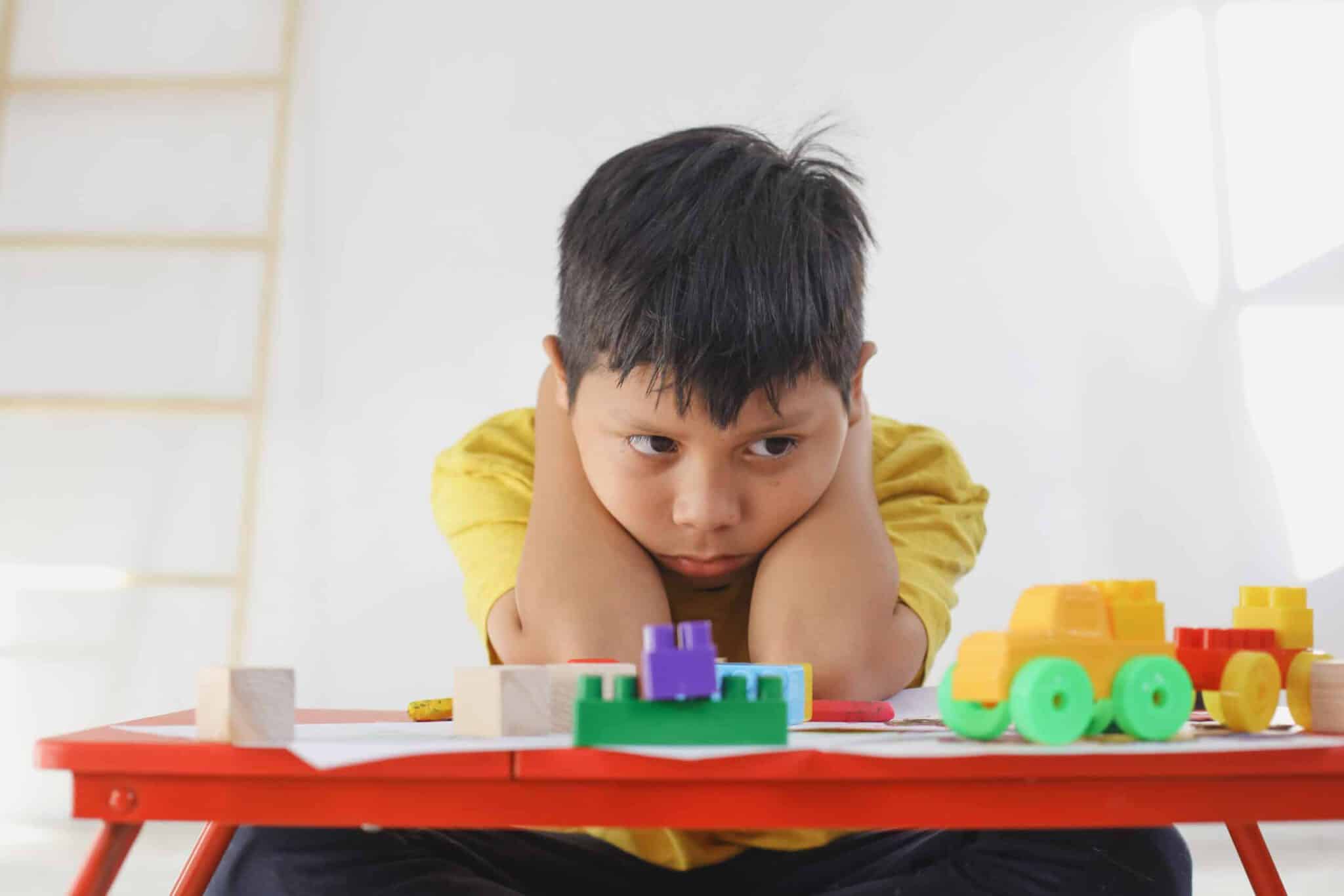
Autism spectrum disorder
In autism, a distinction is made between “early childhood autism” (F 84.0), “Asperger syndrome” (F 84.5) and “atypical autism” (F84.1). In practice, however, it is becoming increasingly difficult to differentiate between the various disorders, as lighter forms of the individual disorders are increasingly being diagnosed. For this reason, the term “autism spectrum disorder” (ASD) is often used today as a generic term for the entire spectrum of autistic disorders
Symptoms of ASD
The exact causes of autism spectrum disorder are not fully understood, but research suggests that a combination of genetic and environmental factors play a role. The characteristics of an autism spectrum disorder (ASD) are diverse and vary in their severity. They can be divided into two main categories:
- Social interaction and communication:
- Difficulties in social communication and interaction, including problems in understanding and using non-verbal communication (e.g. gestures, facial expressions, eye contact).
- Deficits in developing and maintaining relationships (e.g. making friends, adapting behavior to different situations).
- Impaired understanding of social and emotional signals.
- Difficulty starting or maintaining conversations.
- Restricted, repetitive patterns of behavior, interests or activities:
- Repetitive movements or speech (e.g. repeated hand flapping, repeating certain phrases).
- Rigid adherence to routines or ritualized behaviors and extreme difficulty with change
- Intense, narrowly defined interests or hobbies (e.g. strong interest in certain topics or objects)
- Hypersensitivity or hypersensitivity to sensory stimuli (e.g. noise, light, tastes)
Frequently, language skills can also be affected by ASD, which can lead to idiosyncratic word choice or severe language delay.
The treatment of an autism spectrum disorder is individualized and can include a variety of approaches. We can help you find the right treatment and offer state-of-the-art therapy methods to make everyday life easier for those affected!

